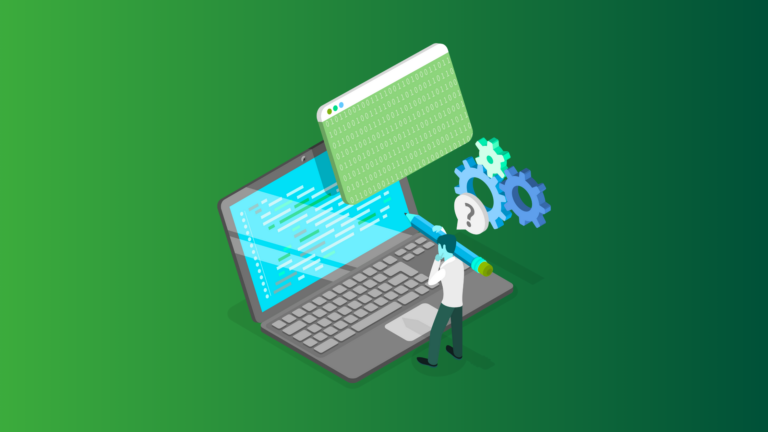Customer success doesn’t stop after a sale, it begins there. Training plays a critical role in helping customers adopt products, use them effectively, and ultimately stick with your brand for the long term. Done right, customer training drives adoption, reduces support tickets, and builds advocates who fuel growth.
Let’s explore proven strategies, best practices, and success metrics for customer training in 2025.
Why Customer Training Matters
Effective training is more than a walkthrough. It’s about showing customers how your product fits into their goals, making them confident users, and ensuring their journey feels effortless. The result? Happier customers, better retention, and measurable ROI for your business.
Key Strategies for Customer Training
1. Align Training with Customer Journeys
Start by mapping user journeys and defining customer personas. Design training modules around real-life use cases and the outcomes your customers care about most.
2. Diversify Content Delivery
Offer multiple formats webinars, tutorials, video modules, written manuals, and live Q&As. Cover the entire journey, from onboarding to advanced features and troubleshooting.
3. Keep Content Fresh and Relevant
Work closely with product managers and subject matter experts to ensure your training stays aligned with product updates and customer needs.
4. Use Targeted Communication
Leverage email campaigns and in-app notifications to share training updates, new features, or reminders for incomplete sessions.
5. Collect Feedback Continuously
Feedback loops help refine your training content. Surveys, polls, and analytics give insights into what’s working and what needs to improve.
Best Practices for Maximum Impact
- Segment learners into role-based or skill-based groups, so training feels relevant and personalized.
- Mix formats like videos, infographics, and gamification to boost engagement and retention.
- Test comprehension with quizzes, simulations, or practical assignments.
- Build community spaces or forums for peer-to-peer learning and advocacy.
- Update regularly to keep pace with product changes and support topics.
Measuring Customer Training Success
To prove ROI, track clear metrics like:
- Course & onboarding completion rates – show how many customers finish training.
- Learner satisfaction & feedback – reflect relevance and value.
- Support ticket reduction – fewer issues post-training means success.
- Feature adoption rates – higher adoption shows effective enablement.
- Customer retention, NPS, and churn rates – tie training to long-term satisfaction.
- Training ROI – compare outcomes like lower support costs, upsells, or higher lifetime value against the program investment.
What to Look for in a Training Platform
An ideal LMS for customer training should support:
- Multi-format content (videos, webinars, guides, assessments)
- Robust user management for segmentation and role-based delivery
- Automated emails and reminders to keep customers engaged
- Authoring tools for quick updates and new content
- Analytics dashboards to measure engagement and adoption
- Mobile access for learning anytime, anywhere
- Community tools for collaboration and peer learning
- Certificates and eCommerce to monetize courses and provide credentials
Conclusion: Why Acadle Fits Best
Customer training isn’t just about education, it’s about driving success, retention, and business impact. With Acadle, you get everything you need to deliver structured onboarding, ongoing education, and engaging learning experiences. From role-based training and multi-format content to analytics and community features, Acadle makes customer enablement scalable, personalized, and effective.
👉 Book a free demo today and see how Acadle can transform your customer training strategy.



